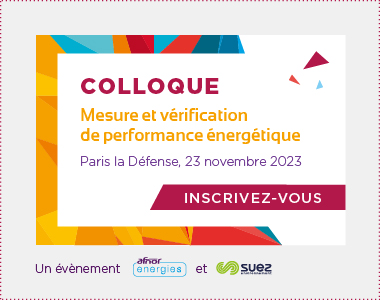In France, the building sector accounts for 44% of energy consumption and 25% ofCO2 emissions. A low-carbon building is one that limits its greenhouse gas emissions over its entire life cycle:
- design: bio-sourced materials, local supply chains, low-carbon concrete)
- for the energy needs of its occupants: use of local renewable energies and low-consumption, energy-efficient technologies
- refurbishment-renovation: insulation work, smart buildings
- at the end of its life : site redevelopment, material recycling, etc.

Pushing the idea to the point of producing as much energy as is consumed, and even more, the concepts of passive house and positive energy building (BEPOS) have emerged.
What is RE2020?
RT2005, RT2012… The RE2020 is the latest of the thermal regulations imposed on buildings to limit their energy consumption, and today their carbon footprint. Since its invention in 1974, in the wake of the first oil crisis, thermal regulations have focused on reducing energy consumption per square meter, expressed in kWh/m²/year of primary energy.
It is now an environmental regulation in the broadest sense of the term, designed with a life-cycle approach compatible with the goal of carbon neutrality by 2050.

Pushing the idea to the point of producing as much energy as is consumed, and even more, the concepts of passive house and positive energy building (BEPOS) have emerged.
How to issue an energy performance diagnosis (DPE)?
The decarbonization of the building sector requires the eradication of “thermal flats”, buildings that consume a lot of energy. But to eradicate them, you have to identify them. Since 2006, this has been made possible by the Diagnostic de Performance Energétique (DPE). Inspired by the energy label for household appliances, the DPE is required for the sale, rental or construction of a new home (or extension). It is one of a series of “photographs” to be taken during these procedures, along with the asbestos diagnosis.
The DPE is presented in the form of a double “grade” with a letter (from A to G) and a consumption class expressed in kWh of primary energy and kg of CO2 equivalent per square meter per year. The calculation methodology was revised in 2021 to improve reliability. Only professionals who have been duly trained and certified following an examination can issue it. The training and certification system was reformed in 2023, for entry into force on July 1, 2024. Added to this is a Energy audit , specific to housing classified in category F or G: the audit must list possible renovation work. This audit can be carried out by diagnosticians duly trained and by design offices qualified for the “Building” energy audit requested from large companies. DPE certification recognizes the competence of the person, not the company. AFNOR Certification takes you there, with or without a mention!


Key points to remember
- The RE2020 is the thermal regulation imposed on buildings to limit their energy consumption and carbon footprint.
- The DPE is the energy performance diagnosis


